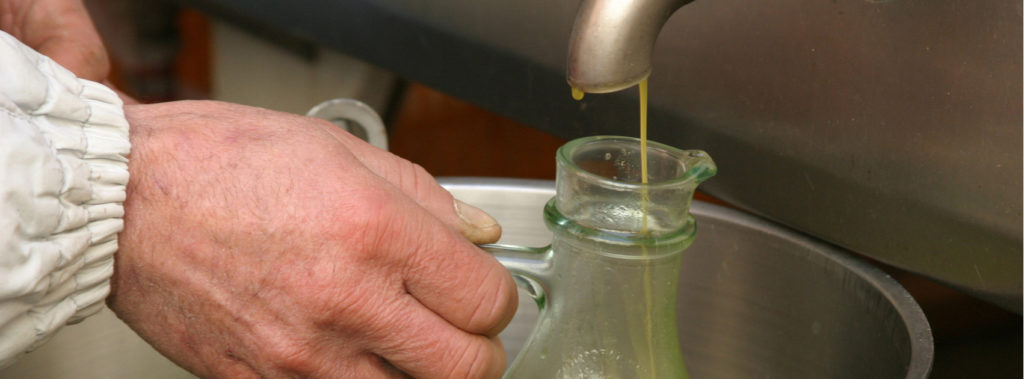We are currently in the olive harvest season. Beginning in November and going through February, olive farmers are hard at work during the peak times of year for harvesting olives, especially in the Mediterranean region (the season differs slightly for our trees in Israel, but it’s still an important time of year!).
Right now, villagers in small towns throughout the region are spending their days picking olives from trees and taking them to be pressed at local factories. The olive oil is then distributed across the world to people from all backgrounds.
The process of picking, pressing and preserving olives has existed for millennia. The trees have sprawled throughout the Middle East and the Mediterranean region for all of human history, and they have played an incredibly important role in commerce and the rise and fall of civilizations. The people who take part in the harvest are engaged in a tradition that stretches back almost before written history.
Olives start out green on the branch and eventually take on darker hues the longer they remain. So when olives are picked depends on the type of flavor the growers hope to get. The earlier they are picked, the more bitter the flavor.
Even the darker olives that are eaten straight off the branch probably taste more bitter than you would expect. This highlights the importance of the processes involved in turning olives into “table olives” that we are so familiar with. These prepared olives are cleaned and placed into salty water. Green olives might be
crushed with wooden mallets and then stored in water for months.
Olives that are turned into olive oil go through a number of complicated processes depending on the purity of the oil. Extra virgin olive oil, for example, has much more stringent standards to meet than olive oil of lower quality, so the processes used to develop it are significantly more complicated.
Think of the olive tree farmers in Israel during the harvest season and offer your prayers for a bountiful harvest. Contact My Olive Tree for more information about our growth process and the olive products we provide.
